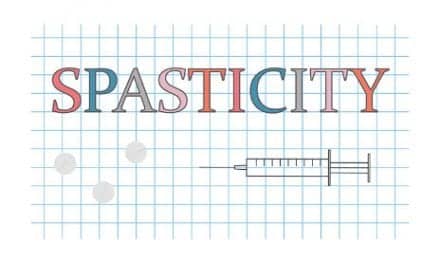IOS Press, Amsterdam, has devoted the November 2009 publication of a special issue of NeuroRehabilitation: An International Journal to residential design for people with neurodisability.
While many agree that the nature of the long-term living environment can improve quality of life and minimize safety risks for those who are cognitively, behaviorally, and/or physically challenged due to neurodisability, residential design factors are often either ignored or minimally considered, says the publisher. The issue spotlights community based residential design by presenting a compendium of design perspectives, insights, and practical information not available elsewhere, according to the publisher.
Guest Editor Nathan Zasler, MD, FAAPM&R, FACRM, CBIST, CEO and medical director of Tree of Life Services Inc and Concussion Care Centre of Virginia Ltd, Richmond, Va, has assembled a diverse group of contributors, including some of the top experts in residential design for people with disabilities, says the publisher.
"I took on this special issue of the journal because I felt it was a very important topic of post-acute management of persons with neurodisability regardless of the underlying cause," said Zasler in a statement from the publisher. "The field of design for persons with disability-related challenges was important to me professionally because of the lack of adequate resources dealing with architectural design issues. Hopefully, this issue of NeuroRehabilitation will serve as a commonly referenced source for architects involved in building design for persons with these types of challenges."
The issue focuses on how design planning should reinforce the need to view individuals holistically, as well as functionally, and try as much as possible to individualize design modifications to optimize home and community re-entry.
Margaret Caukins, PhD, of Innovative Designs and Environments for an Aging Society reviews evidence-based literature on long-term care design. Sharon Joines, PhD, from the North Carolina State University, College of Design, has written an overview dealing with the concept of universal design and its application to residential design for people with neurological disability. Professors Victor Regneir and Alexis Denton from the Architectural and Gerontology Department of the University of Southern California contribute an article on new and emerging building trends that focuses on European models of design. The topic of lighting design is explored by Elizabeth Brawley of Design Concepts Unlimited, Sausalito, Calif.
Sherril York, PhD, from the National Center on Accessibility at Indiana University shares her architectural views on outdoor design relative to accessibility related issues. Tony Gentry, PhD, OTR/L has contributed an article dealing with smart homes, which provides a state-of-the-art look at some of the technology available to facilitate independence in community based residential settings. And Laura Kiser, OTR/L and Zasler provide an overview of practical residential design recommendations for people with acquired brain injury (ABI). The issue also includes a listing of Web-based resources that provide further information to facilitate design decisions and their implementation.
[Source: IOS Press]




